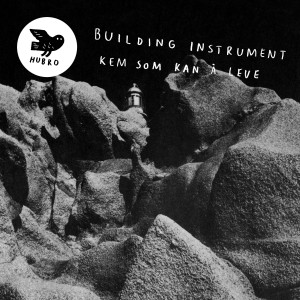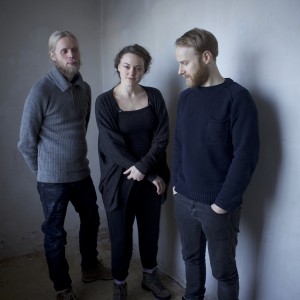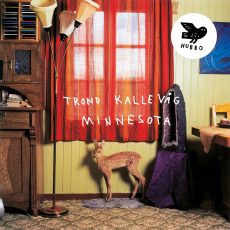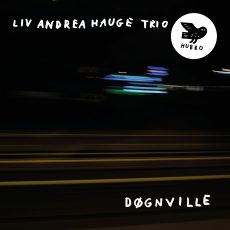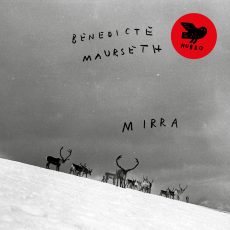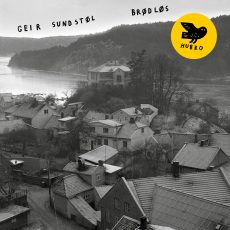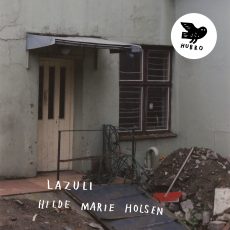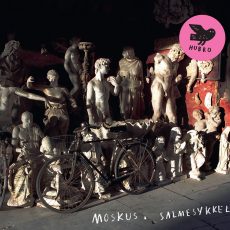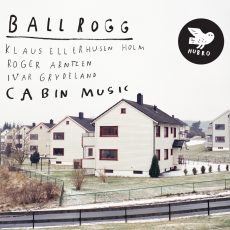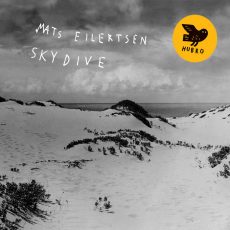The trio Building Instrument exist in a sort of fantasy-filled no man’s land between electronica, organic pop and something more mystical and fantastic. They had already built a solid fan base before they released their debut record to rave reviews in 2014. On their second album, “Kem Som Kan Å Leve”, their mode of expression is deeper and more dreamlike, the soundscape is broader and more substantial, and their music is still extremely addictive and strangely catchy.
Schwitters
The new album “Kem Som Kan Å Leve” was made in the course of a two-year period, and some of the material was composed for a concert inspired by the art of Kurt Schwitters, which was commissioned and performed at the Henie Onstad Kunstsenter at Høvikodden, outside of Oslo, in September 2015. The concert marked the opening of a new, permanent Kurt Schwitters exhibition at the art centre, and was arranged as part of the Ultima Oslo Contemporary Music Festival.
The German artist Kurt Schwitters (1887-1948) was active as a painter, collage artist, sound poet and installation artist. Schwitters fled from the Nazis and lived for a period in the 1930s in exile on the island of Hjertøya in Mari’s home municipality of Molde, where he also built one of his Merzbau buildings in the stone cabin he rented.
The art created by Schwitters has left some obvious traces in the trio’s new music. Vocals without lyrics, or using an invented language, appear more frequently on this album than on the last, although most of the lyrics are still in the Molde dialect. “Working with this commissioned piece enabled us to go further in the direction of expanding or erasing the meaning of language, just as Schwitters did with his sound poetry,” according to a member of the trio.
The album was recorded in the legendary “Studio”, a hall in the Henie Onstad Kunstsenter, the same week as the Schwitters concert was given its world premiere. The album was mixed by producer Jørgen Træen together with Anders Bjelland.









